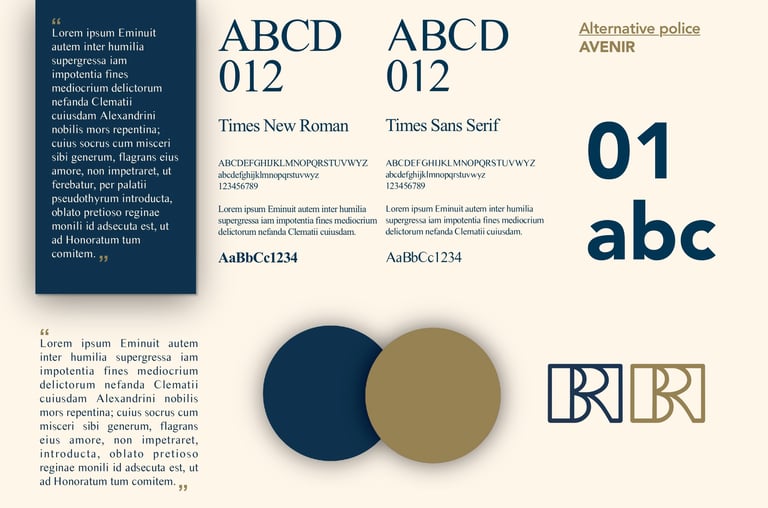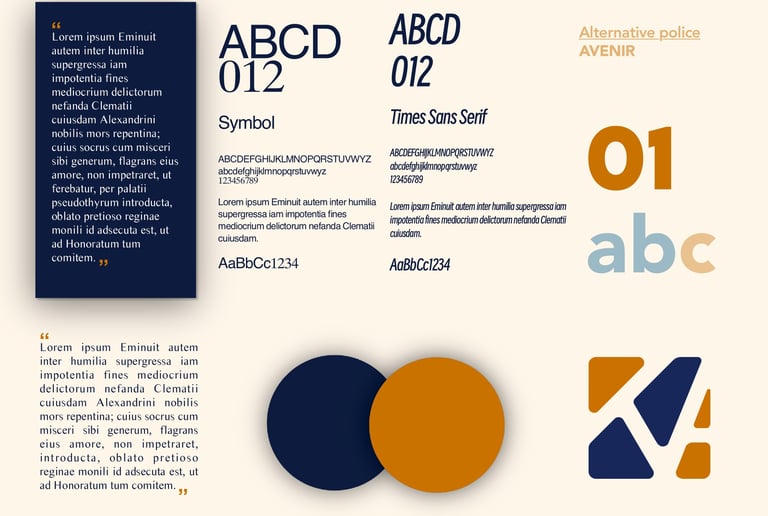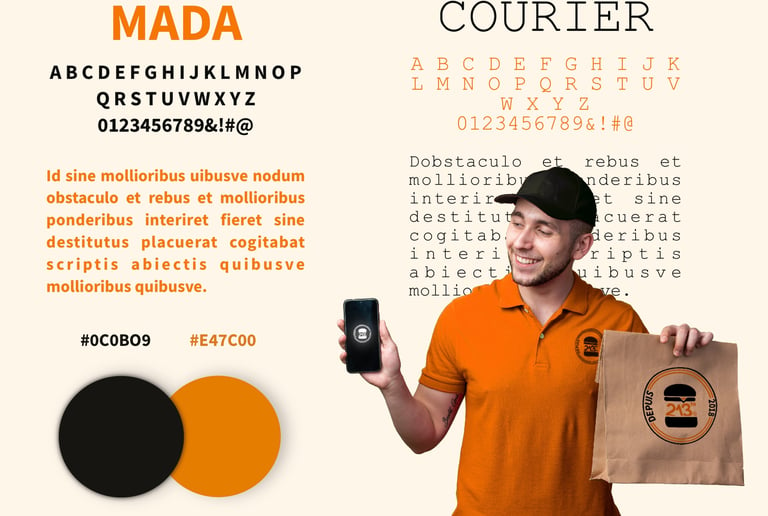BEYOND THE LOGO: FUNDAMENTALS OF VISUAL IDENTITY
Creating a Strong and Memorable Visual Identity Emphasizes Graphic Consistency, Strategic Selection of Colors, Materials, and Typography.
Laklay
4/19/20242 min read


More Than Just a Logo
It is commonly accepted that a company's logo is the cornerstone of its visual identity. However, limiting oneself to the design of a logo is a common mistake. An effective visual identity goes far beyond this initial impression. It is based on fundamental principles that encompass a multitude of visual and conceptual elements.
Visual Consistency: The Guiding Thread
The key to a successful visual identity lies in its consistency. This consistency should be present across all communication channels of the company, from printed documents to the website and social media. Graphic elements such as colors, typography, and images should be used consistently to strengthen the brand image and establish immediate recognition.
Choice of Colors: The Right Harmony
The choice of colors is crucial in building a strong visual identity. It is recommended to limit the number of colors used to a maximum of three. This limitation helps create a harmonious and memorable color palette. Two to three strong colors are often enough to convey a clear and impactful message.




Materials and Media: A Tangible Impact
The materials used in a company's communication materials play a crucial role in shaping its brand image. From textured paper for stationery to carefully selected packaging, each material choice contributes to reinforcing the visual identity and conveying the brand's values.
Typography: The Art of Text
The selection of typography is a crucial step in creating a cohesive visual identity. It is recommended to use two different fonts: one for headlines and one for body text. This typographic diversity adds depth to visual communication while maintaining a certain uniformity.
Storytelling: Telling a Unique Story
Beyond visual elements, a strong visual identity is based on a captivating story. Storytelling allows a brand to stand out by telling its story in an authentic and engaging way. This story should resonate with the target audience while highlighting the company's products or services.
In conclusion, creating an effective visual identity requires a holistic and strategic approach. By integrating these key elements - visual consistency, choice of colors, materials and media, typography, and storytelling - a brand can convey a powerful and memorable message that sets it apart from its competitors.
CONTACT


ADRESSE : 1 Rue, Jeanne d'arc, Longwy
France - 54400
TEL : +33 (0)6 60 66 76 32
MAIL : sekaigraphicspro@gmail.com
HOME
VISUAL IDENTITY
© 2024 Sekai Graphics – Tous droits réservés
OUR SERVICES
WEBSITE / E-COMMERCE / LOGO / SEO / ILLUSTRATION / FLYER / ANIMATION / VIDEO / POSTER / SIGNAGE / BUSINESS CARD / ADVERTISING / DRAWING / VISUAL IDENTITY / ONLINE STORE / WEB DESIGN / GRAPHICS / MARKETING / PACKAGING / COMMUNICATION
SEKAI GRAPHICS
